In a major breakthrough, marine scientists have identified a specific bacterial pathogen as the primary culprit behind the devastating sea star wasting disease that has killed billions of sea stars along the Pacific coastline over the past decade.
The disease, which first appeared in 2013, has caused massive mortality across more than 20 sea star species, with some—like the sunflower sea star—suffering up to 90% population loss. The newly identified bacterium, a strain of Vibrio, was found to rapidly infect sea stars, causing tissue lesions, loss of limbs, and eventual disintegration.
Pinpointing the Pathogen
Researchers made the discovery by shifting their focus from sea star tissue to internal fluids, where they found consistently elevated levels of the Vibrio pectenicida bacteria in symptomatic individuals. In lab tests, healthy sea stars exposed to the bacteria developed symptoms within days, and most perished shortly thereafter. The disease spread quickly and lethally, with some species succumbing in less than two weeks.
The findings mark the first definitive identification of a single microbial cause behind the mass mortality event, providing long-awaited answers to marine biologists and conservationists.
Ecological Domino Effect
The die-off has had catastrophic effects on marine ecosystems. Sea stars are apex predators in their environments, particularly important in controlling sea urchin populations. Without them, urchins have overgrazed kelp forests, leading to widespread habitat loss for numerous marine species. In some regions, kelp cover has dropped by over 95%, with lasting consequences for biodiversity and coastal resilience.
The collapse of sea star populations has also affected commercial fisheries and the broader food web, demonstrating the critical ecological role these invertebrates play.
A Path Toward Restoration
Now that the cause has been identified, scientists are looking into strategies for disease management and population recovery. These include developing disease-resistant sea stars in captivity, potential use of bacterial inhibitors, and further monitoring of microbial activity in ocean waters.
Some researchers are also advocating for habitat restoration and stricter protections for areas that still harbor remnant sea star populations, in hopes of preventing total regional extinction.
Looking Ahead
While the discovery brings clarity, it also raises urgent questions. Researchers are still trying to understand how environmental factors like ocean warming and pollution may have exacerbated the outbreak. The possibility that climate change may be increasing the virulence or spread of marine pathogens adds another layer of concern for the future of ocean health.
Nonetheless, this scientific milestone brings renewed optimism that with informed action, the ecological balance of the Pacific coastal waters may one day be restored.

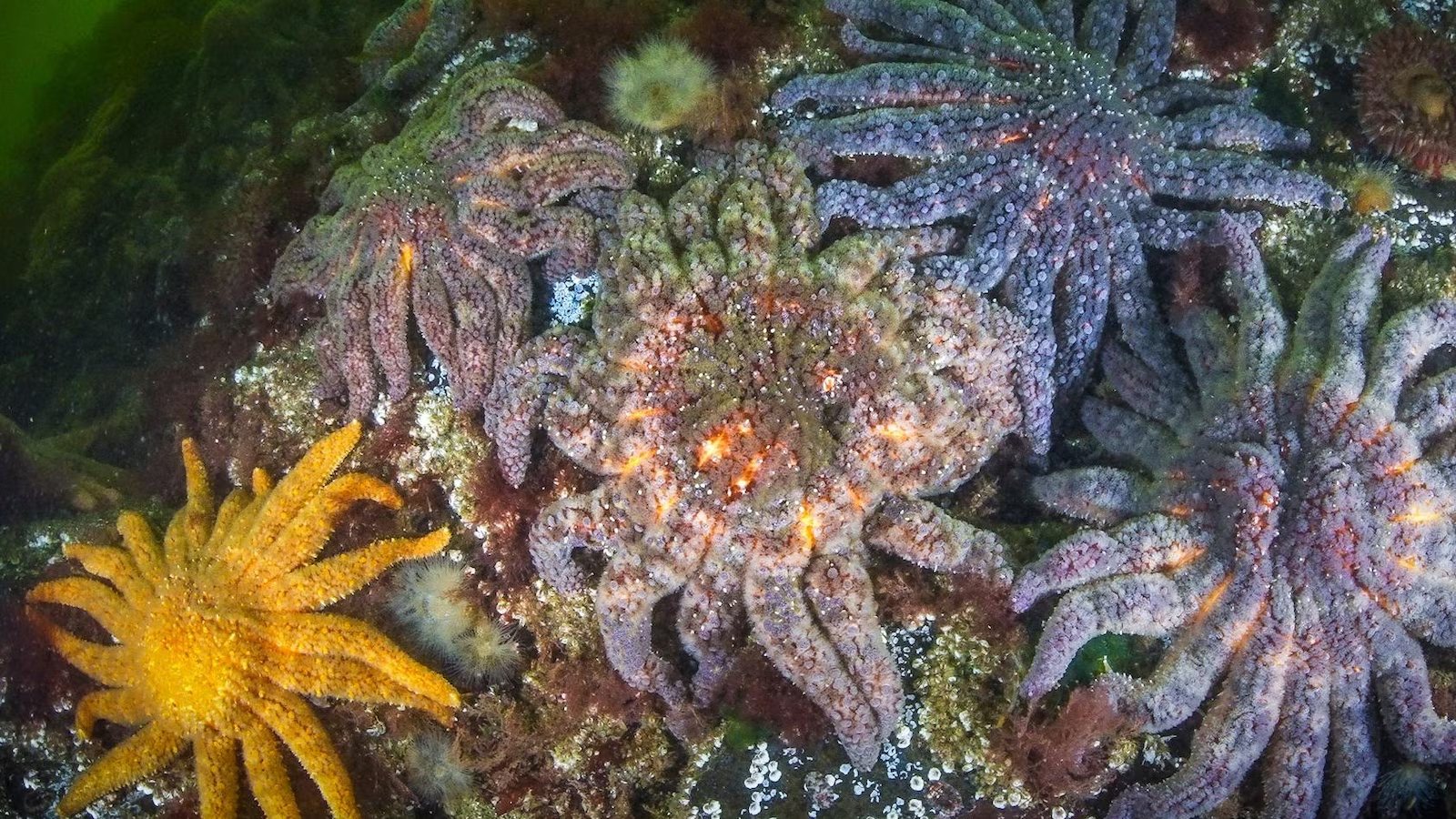

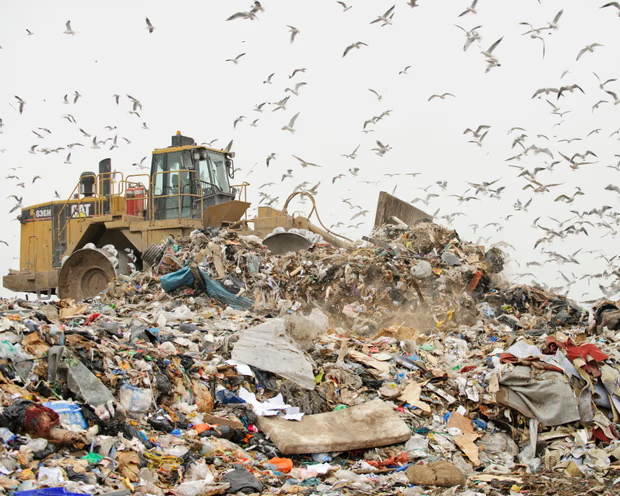


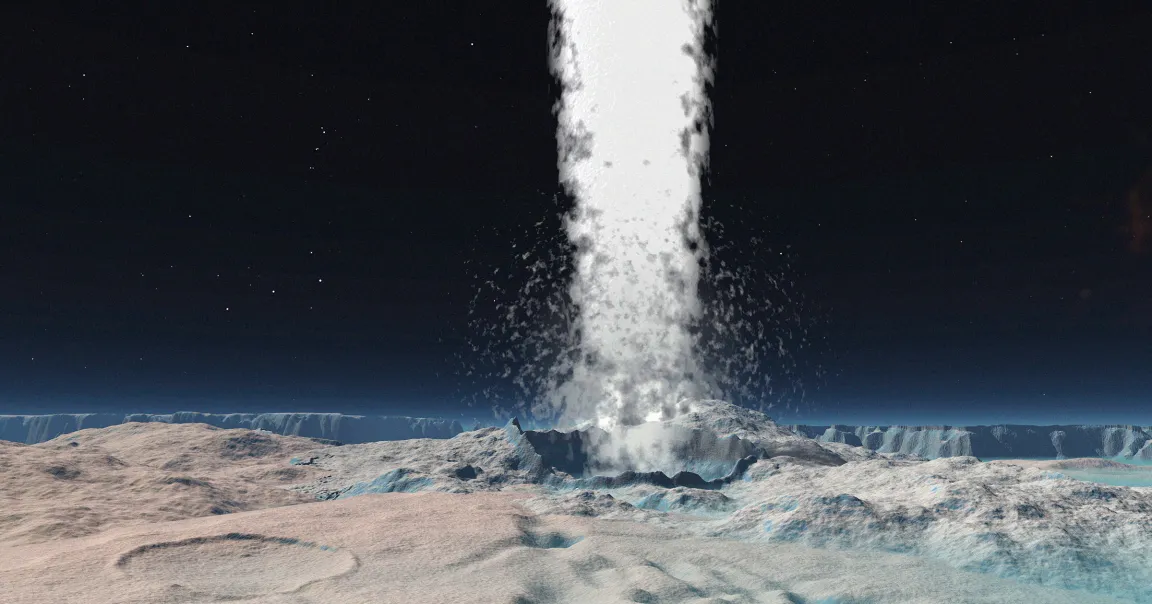
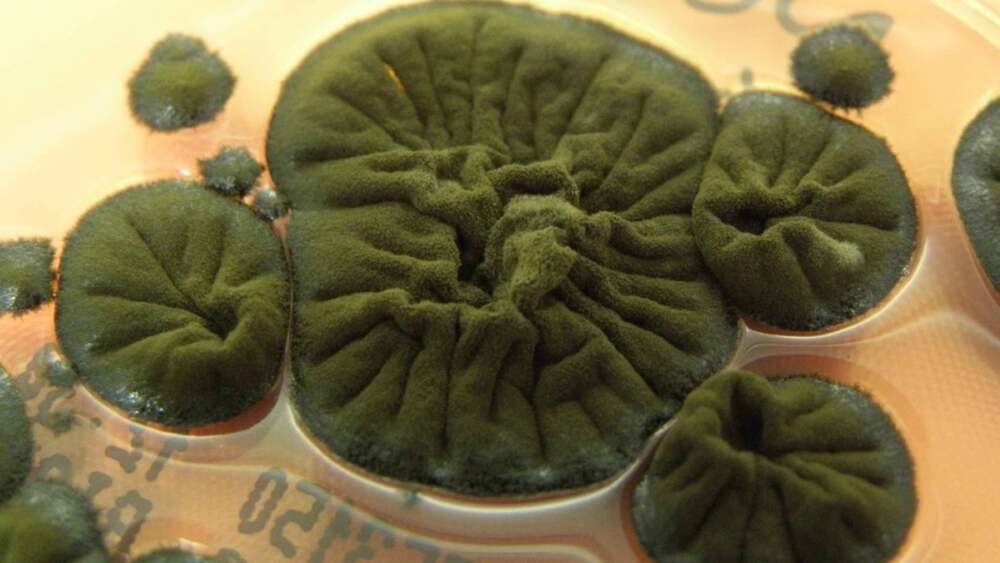
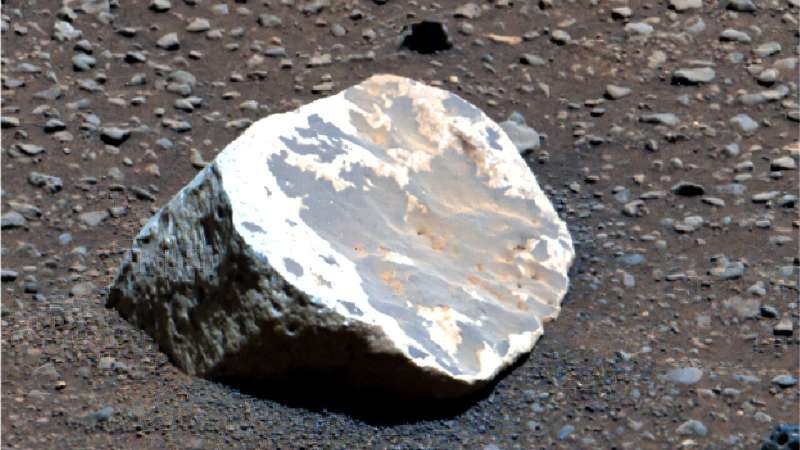
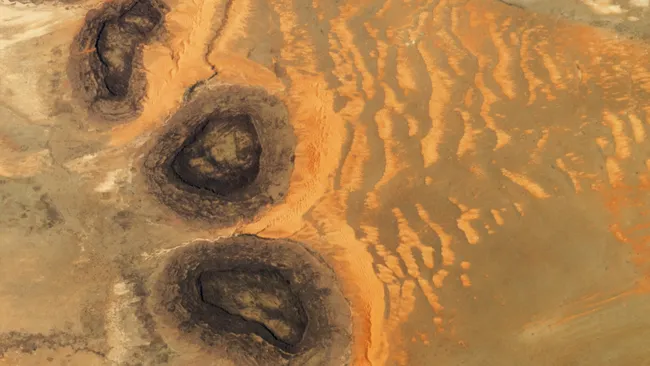

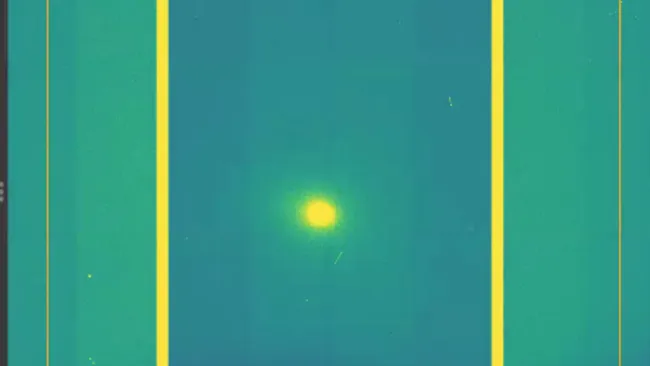




Leave a Reply